- Primary forest 1-3 km critically important to connectivity and conservation of western chimpanzee in Liberia.
- Liberia has the second-largest population of western chimpanzee, recently classified “critically endangered.”
- Chimpanzee habitat and movement overlaps considerably with existing timber and agriculture concessions.
- Roads network could also pose threat to chimpanzee habitat in the future as the Liberian government focuses on infrastructure.
Banner Image: A bird’s eye view of a forest in Sinoe County. The DayLight/James Harding Giahyue
By James Harding Giahyue
MONROVIA – Primary forest between one and three kilometers is “critically important” for the habitat of western chimpanzee (Pan troglodytes verus), a new study on the connectivity and conservation of the mammal has found.
Eleven scientists from institutions in the United States and Germany found that several important corridors for chimpanzee habitat and movements of overlap with existing logging, mining and agricultural concessions. They call on Liberia to make use of its findings in its current and future conservation efforts.
“Protecting primary forest is the most important step that can be taken for the conservation and protection of the western chimpanzee in Liberia,” Dr. Amy Frazier, an associate professor of Arizona State University’s School of Geographical Sciences and Urban Planning, one of the authors of the study, told The DayLight in an emailed interview.
Liberia has the world’s second-largest population of western chimpanzees. Known as the closest relative to humans, 80 percent of the chimpanzees’ population has declined in the last three decades: from 175,000 in 1990 to 35,000 in 2014, according to a 2017 report. This decline is expected to continue in the future, conservationists say. The International Union for the Conservation of Nature (IUCN) recently classified the ape as “critically endangered.”
The research shows a concentration of western chimpanzees habitats in the southern and northern parts of the country and lesser populations in the country’s central region. But human activities such as transportation and agriculture in the central region contribute to chimpanzee group isolation in the northern and southern parts of the country, it says.
Road network and human habitation feature in the research’s methodology. Researchers ranked the distance of forest from roads very highly in modeling the relationship between the chimpanzees and their habitats. While human presence was an indicator, infrastructure was even a more important indicator for the researchers. That method supports the main findings of a 2019 study on chimpanzees in Sierra Leone, which found secondary roads in that country impact the mammal’s habitat.
The researchers modeled western chimpanzee habitat suitability, focusing on determining the most relevant environmental predictors and most appropriate scale for species-habitat relationship. The study included other scaling variables not used in previous studies. They also used the suitability map t conduct chimp-habitat connectivity analysis as well as Circuitscape, a tool for connectivity prediction.
The study calls for the need for multiscale investigations.
‘Not possible to bring back chimpanzees’
Liberia holds the largest portion (42 percent) of the Upper Guinea Forest, West Africa’s biggest remaining rainforests and a global biodiversity hotspot. It has committed to protecting 30 percent of its forest, and it is a part of the Good Growth Partnership and the Gaborone Declaration for Sustainability in Africa. However, it has leased more than a million hectares of forestland to logging companies, covering more than 1.5 million hectares. Palm oil concessions also cover approximately 690,000 hectares and mining more than 113,256 hectares. A recent study by the High Carbon Stock Approach (HCSA) revealed that Golden Veroleum Liberia (GVL), the country’s largest palm oil company, destroyed carbon-rich forests of more than 1,000 hectares.
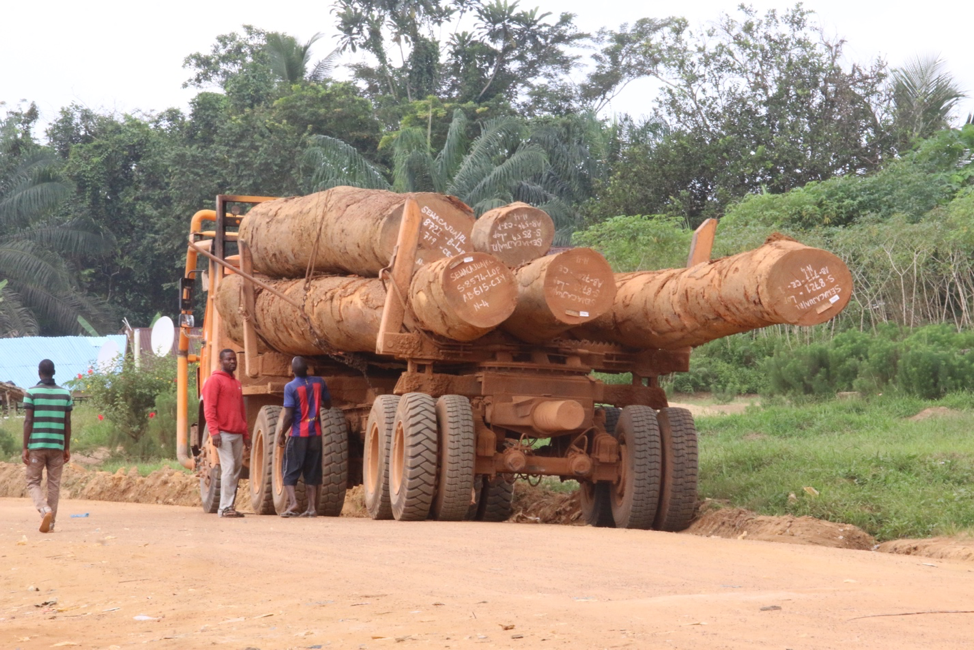
Logging is the third-largest contributor to Liberia’s revenue in 2018/2019, according to the Liberia Extractive Industries Transparency Initiatives. The DayLight/James Harding Giahyue
Frazier said the country, which relies heavily on extractive industries, must find a balance with its conservation responsibilities and commitments. “In other words, the areas and the resource the chimpanzees need the most (primary forest) are the same areas and resource that have extraction value for others,” Frazier said. “In these situations, prioritizing conservation is likely to be the only way to ensure the protection of western chimpanzee habitat. Once the primary forest is gone, the land will no longer have the same value for either the chimpanzees or the logging companies. And while it will be possible to grow trees in other places, it may not be possible to bring back the chimpanzees.”
The study finds timber and palm oil concessions overlap with several important corridors for chimpanzee habitat and movement more than mining and rubber. Also, Liberia’s Pro-poor Agenda for Prosperity and Development focuses on infrastructure that could also overlap with regions study identified.
Blamah Goll, the technical manager for conservation at the Forestry Development Authority (FDA) said the government of Liberia needed to spend more money on protected areas and ecotourism.
“On the line of policy [the government] is doing well. Allocating funding is a challenge,” Goll told The DayLight in a mobile phone interview. All of over US$2.9 million allocated to the FDA in the current national budget is for salaries and other recurring costs.
“Even money for protected areas comes from development partners,” Gold added. “So, the national government needs to set aside money for protected areas, even if it is one or two every year.”

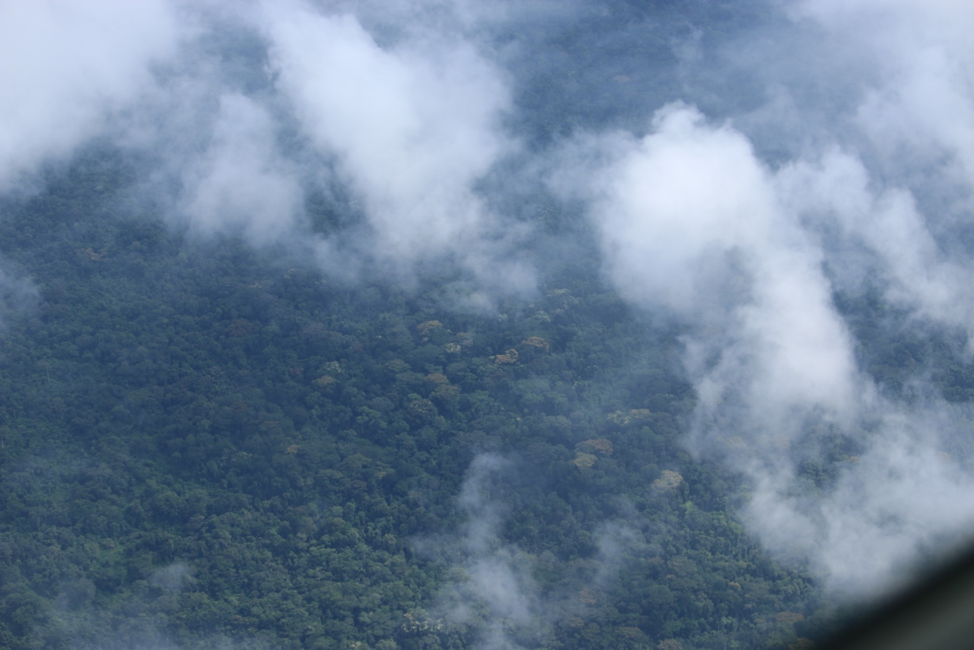
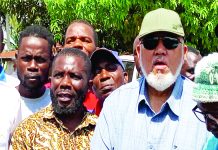
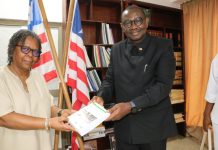
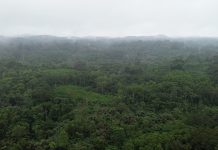
Facebook Comments